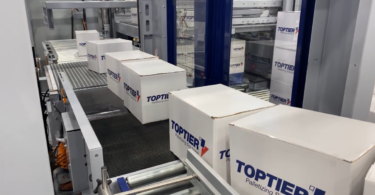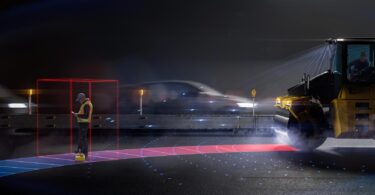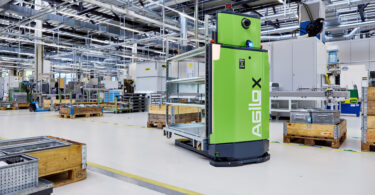Solving your quality control challenges with the help of machine vision
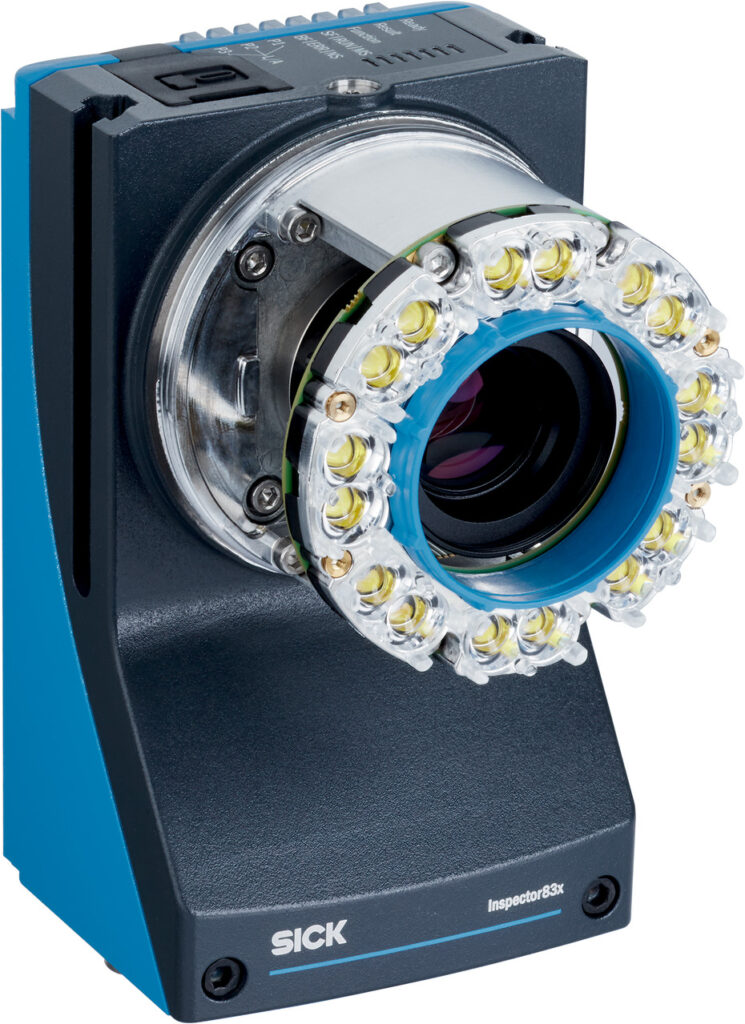
Artificial intelligence is everywhere – but how can it be used efficiently within complex machine vision tasks to give you the benefits to solve your quality control challenges? And can AI make machine vision technology accessible to everyone?
Machine vision reduces waste and faultily produced products and also streamlines routine visual inspections, like manual visual inspection. But most people believe you have to be a vision expert to properly deploy machine vision solutions. What if there was a vision solution that could empower individuals and system operators to use the technology easily, make processes more efficient and flexible, and solve their challenges – stress free?
Say hello to the AI-powered Inspector83x from SICK. The Inspector83x is designed with ease-of-use in mind thanks to on-device AI capabilities that can eliminate conventional machine vision complexities whenever changes to product designs or packaging are needed. Instead of spending hours on complex rule-based programing or calling in a machine vision specialist to troubleshoot, novice operators can simply add a new product example and the camera will learn by itself.
And best of all, it typically does not take more than two minutes to get started. Let’s dive into some typical challenges where AI and the Inspector83x can eliminate common quality control struggles.
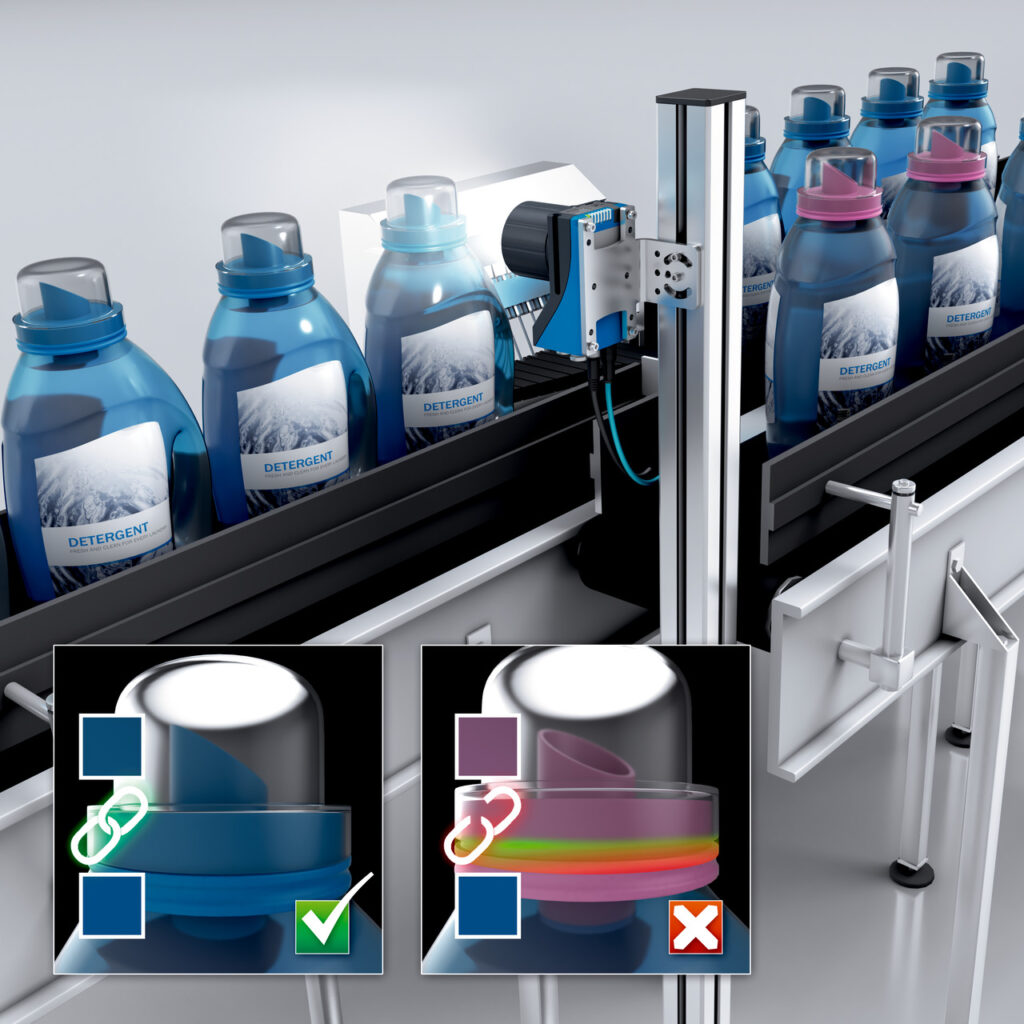
Accessible for anyone
AI is the key to cost efficiency for high-speed inline quality assurance of a product, assembly, or packaging. It also enhances crucial processes to distinguish between good or bad products, and can even perform sorting tasks based on specific criteria.
With just a few simple steps, the operator can collect images of good examples or different classes and train the Inspector83x using the on-device AI tools (also known as edge-learning). This enables the user to simply teach the Inspector83x good or bad and right or wrong, and finally execute and run the inspection in operational mode. Without the need for any special equipment, the operator can easily manage this with a standard web browser.
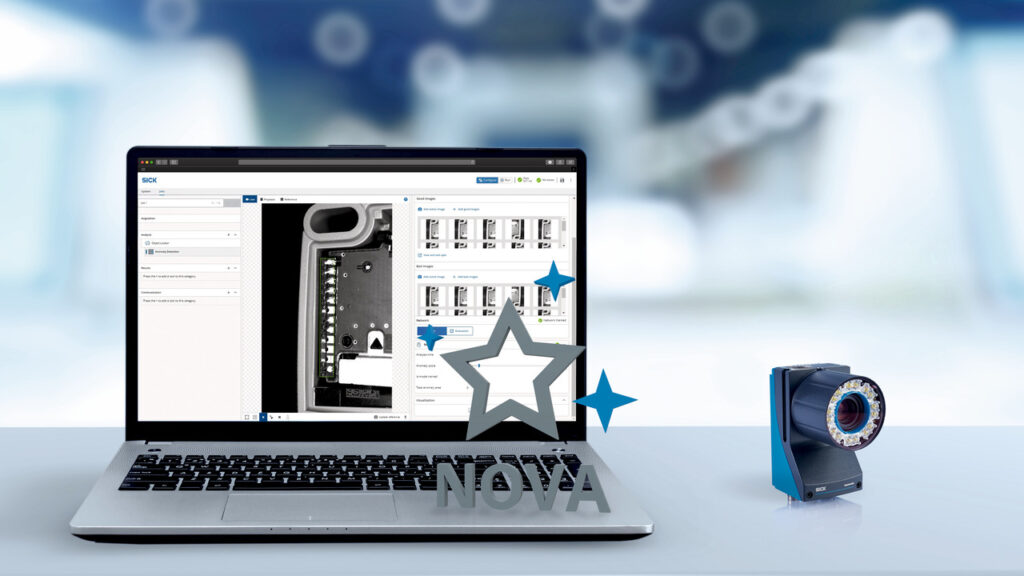
Adaptable to changes
Once the quality control is set up and running smoothly and efficiently in operational mode, there is the demand for implementing a new product design or label layout for a small batch.
Now the operator can easily retrain the AI tools running on the Inspector83x with a press of a button to effortlessly add the new criteria, keeping the previous job stored for future use.
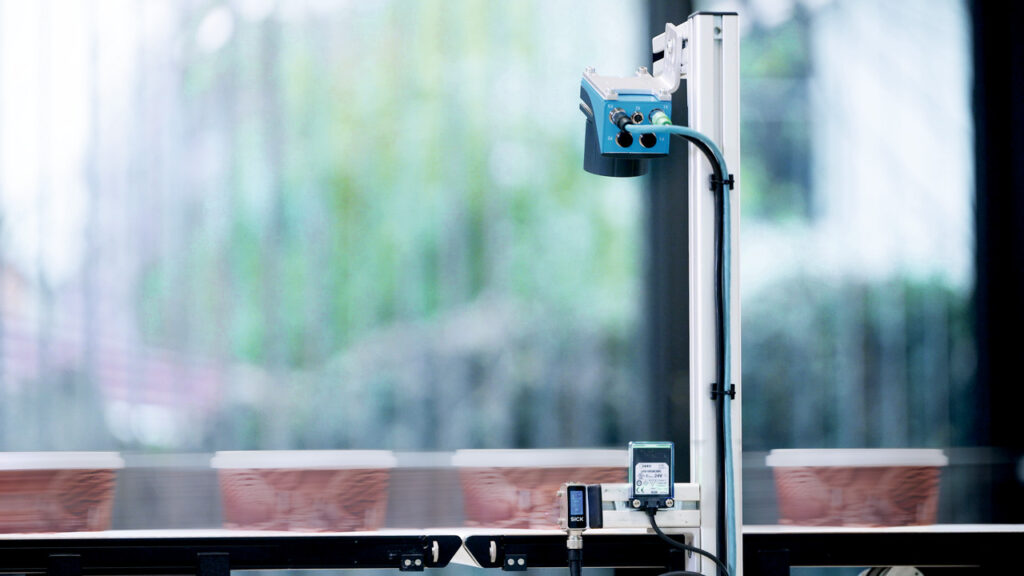
Complex made simple
Rule-based machine vision can also solve complex applications, but it’s time consuming to set up, demands knowledge of limitations, and sometimes, results in lack of success due to the unpredicted outcome of the object. For example, Nestle uses transparent spoons placed inside an aluminum foil container, where the location and appearance of the spoon varies within each container. This can be a challenge for some machine vision systems as the spoon is difficult to see. Read more about it in this article (Nestlé).
With the Inspector83x and the SICK dStudio cloud service, large datasets can be trained for optimized accuracy and speed on the sensor. The dStudio service enables convenient data management and collaborative annotation, allowing anyone within the organization to contribute to the data handling.
Some hands-on examples of applications easily solved with AI:
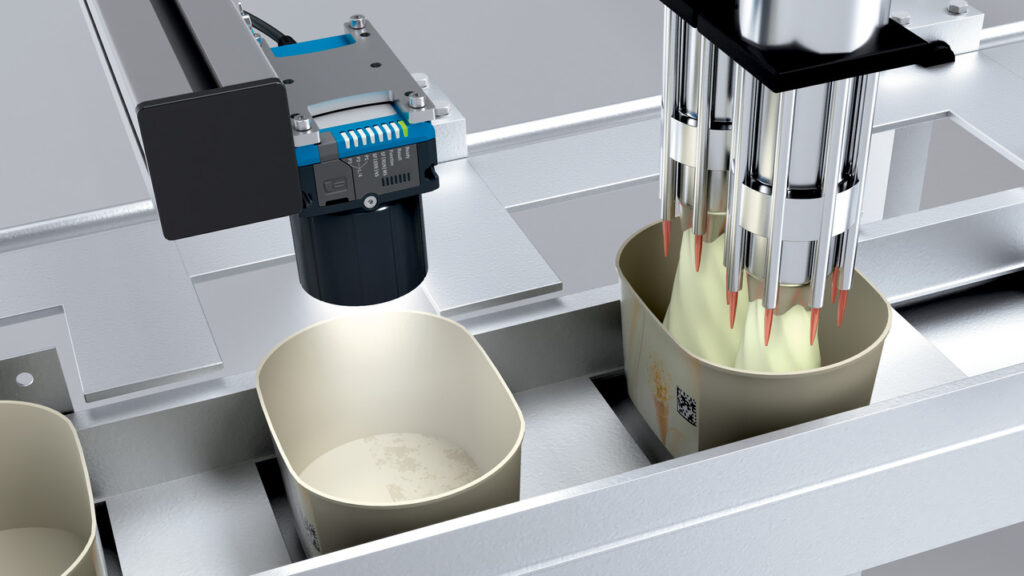
Detecting contamination of ice-cream containers
In ice cream production, before filling a container with delicious ice cream, it is necessary to ensure that the containers are not contaminated, e.g., with various residues or foreign objects. The versatile Inspector83x 2D vision sensor uses AI anomaly detection to reliably and quickly detect any contamination. This reduces the risk of product recalls and customer complaints.
The Inspector83x copes effortlessly with the high processing speeds and low contrast in this application. Thanks to its AI functions, it’s easy to configure the device by teaching the Inspector83x samples of empty and clean containers. When it’s time to change the packaging design, it’s easy to re-teach.
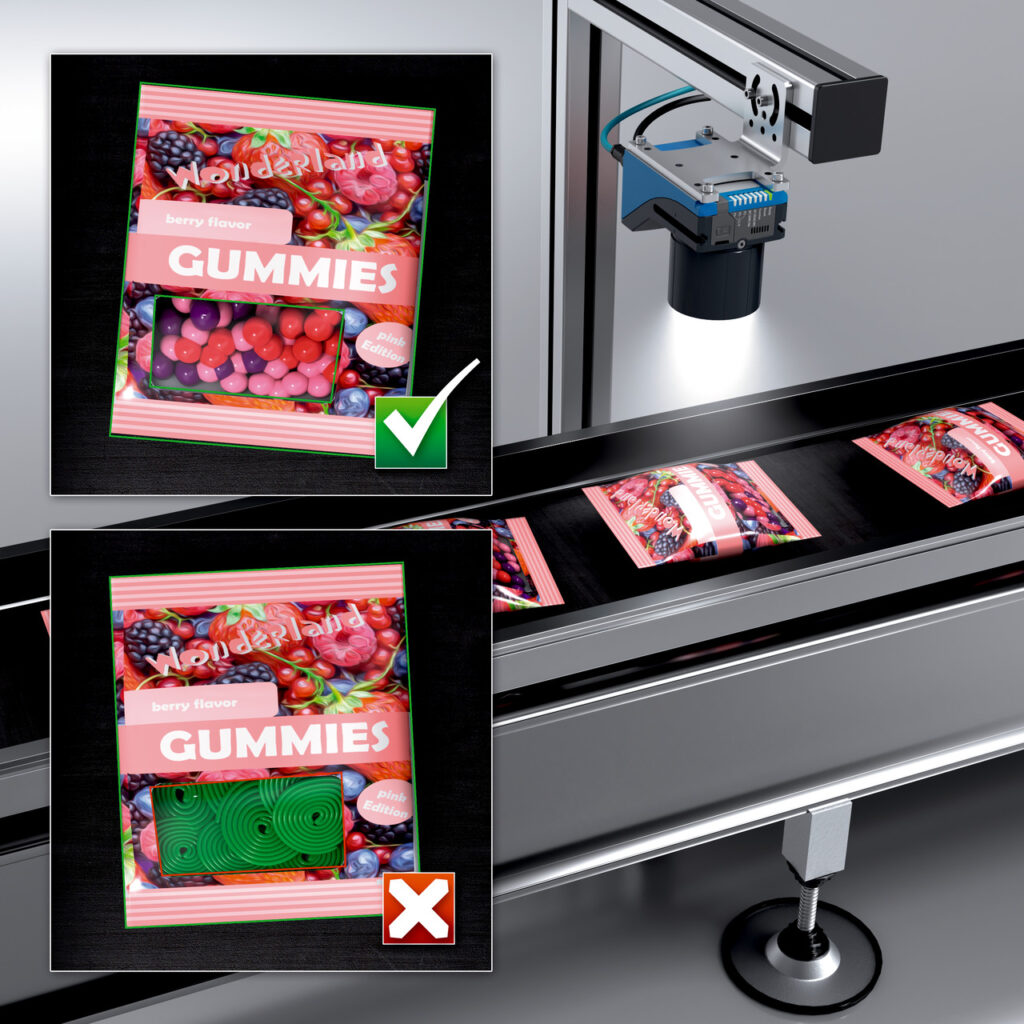
Quality assurance and verification of labels
In many consumer goods production processes, it’s imperative that the product or packaging labels contain the correct information, as it’s acting not only as an advertisement but an assurance of traceability of the product. It is also crucial that the labels are applied to the products in the correct positions and are of excellent quality.
The Inspector83x 2D vision sensor makes all this possible, with all necessary inspection carried out simultaneously even at very high speeds. With the help of its AI functions, as well as rule-based tools for OCR and OCV, different attributes of the labels can be checked and validated reliably. This helps reduce waste and improve throughput.
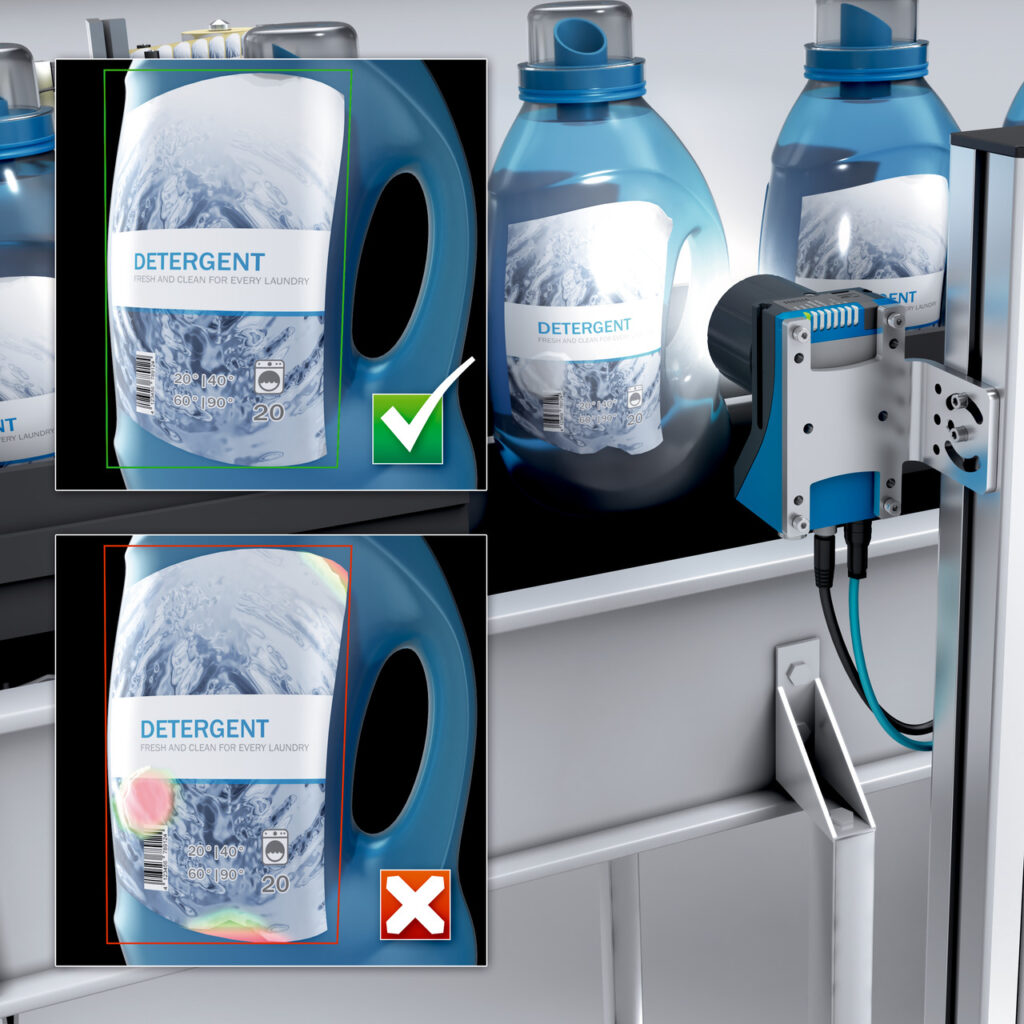
Inspector83x – AI-powered quality control made stress free
With the power of artificial intelligence embedded in the Inspector83x, machine vision truly becomes easy to use for anyone.
The time has come to put an end to wasted material or faulty products, the burden of long setup times, expensive reconfiguration and, finally, complicated integration or data trapped on the shop floor.
Let the Inspector83x set a new standard for visual quality control. Simple and reliable, just as machine vision should be.



